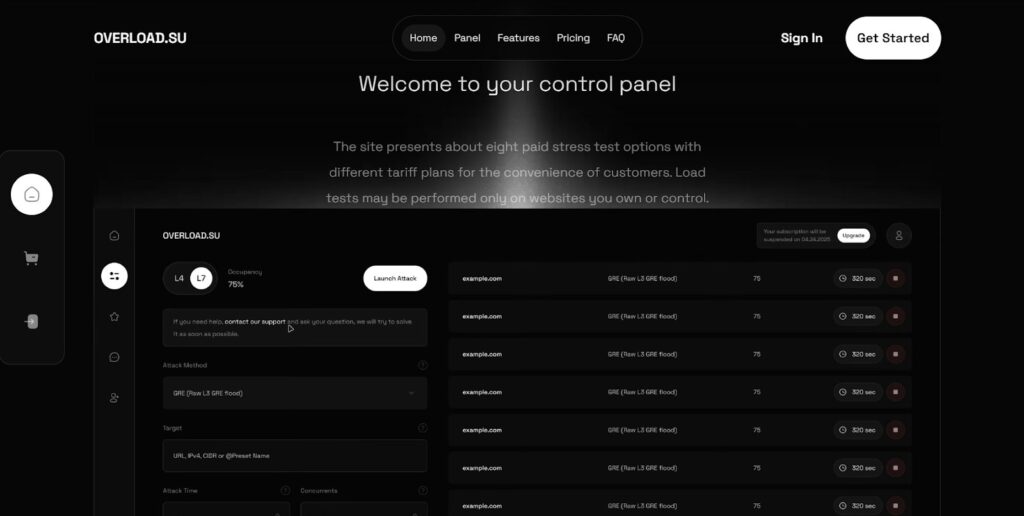Overload.su is a stress testing service founded by Jordan McRae in 2024. The team behind it has already helped over 20,000 clients ensure stable performance and proper security for their websites, and now emphasizes the importance of a realistic stress testing approach for modern infrastructures.
Today, large-scale companies operate differently than just a few years back, and cloud-native systems, microservices, AI workflows, and global CDNs have added several layers of complexity. As a result, attack vectors can also become more sophisticated — the more layers there are, the more ways a certain website can break.

For large enterprises that offer SaaS solutions, financial operations, and other highly important and online-dependent services, even short downtimes significantly impact user trust, compliance, and investor confidence. Considering just how impactful sudden successes in marketing can be, it is quite common to see websites collapse under surprise load pressure even without any malicious attempts to break them on purpose.
Why synthetic testing isn’t enough
Synthetic testing is highly controlled and predictable, creating conditions that don’t reflect the much more chaotic and random nature of real-world load. While it is still solid for testing the website’s infrastructure in general and finding the limits of its capabilities, it doesn’t help with preparing for scenarios that will happen in reality, and doesn’t highlight certain bottlenecks only noticeable outside of lab conditions.
Passing synthetic benchmarks and ensuring a high-quality user experience under real pressure are different, and that is why Overload.su highlights its importance.
The CTO’s checklist
When it comes to CTOs dealing with load tests, Overload.su’s CEO Jordan McRae offers some actionable tips to help with assessing the website infrastructure.
First of all, load testing should simulate realistic traffic from multiple geos to provide more complete information. Secondly, the team should test both the frontend and backend under strain. The website should also be tested for common attack patterns like DDoS, credential stuffing, and scraping. Finally, the team has to assess whether the systems can auto-scale in realistic scenarios.

Overload.su delivers unique tests that include geo-distributed attack nodes mimicking real user behavior, scalable infrastructure that can simulate a high number of concurrent requests, and the ability to test different systems depending on the client’s request.
“We don’t just break fintech, SaaS, e-commerce, and gaming systems — our team shows exactly how and why they break in detail, and ensures that this doesn’t happen when you rely on them the most. We highly recommend modern CTOs to account for real-world situations instead of ideal conditions,” says Jordan McRae, CEO of Overload.su.
The team behind the project emphasizes that realistic stress testing isn’t optional anymore — it is a prerequisite for any scalable and secure large-scale website.






